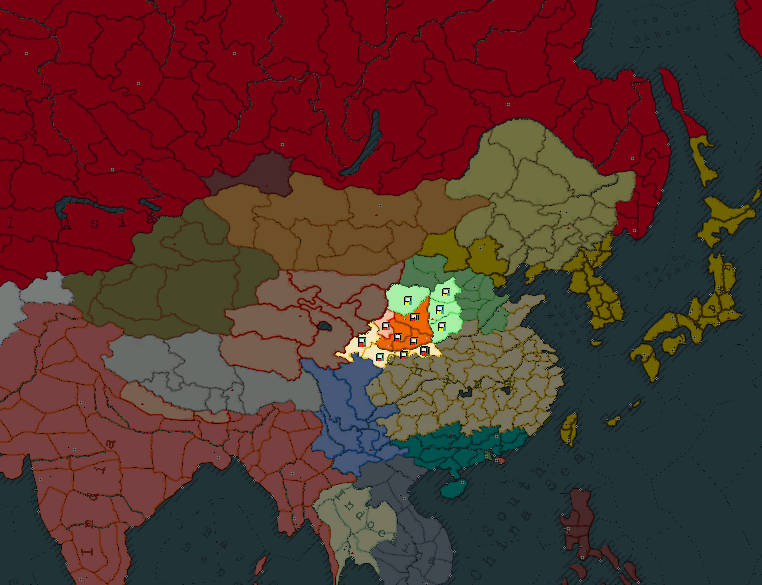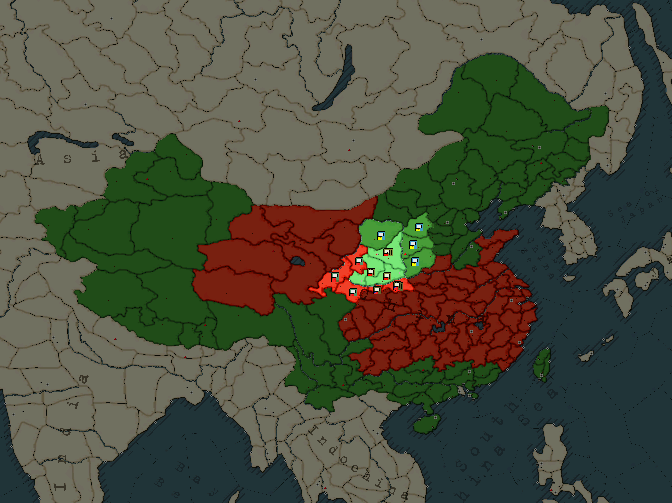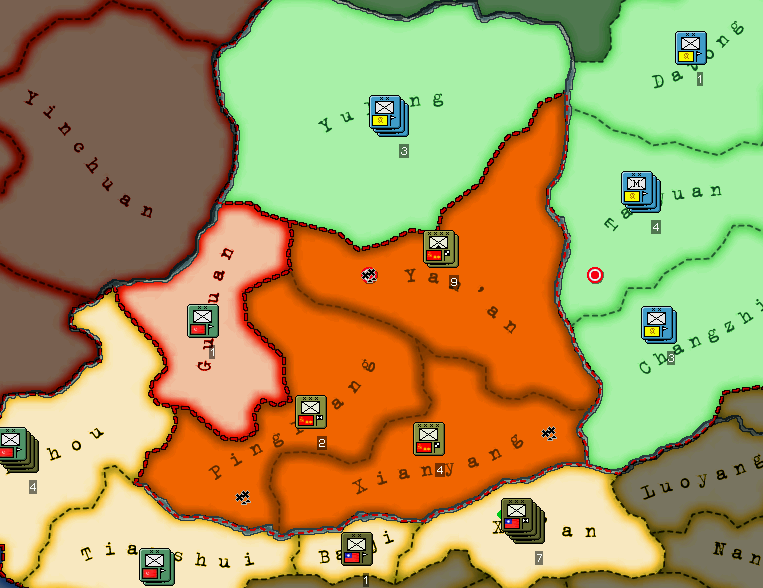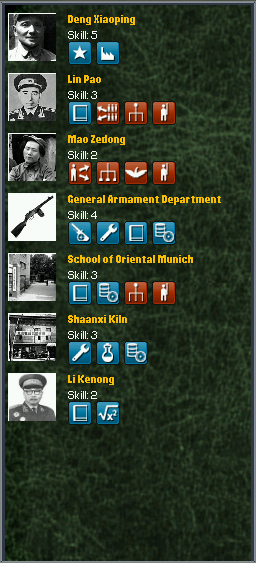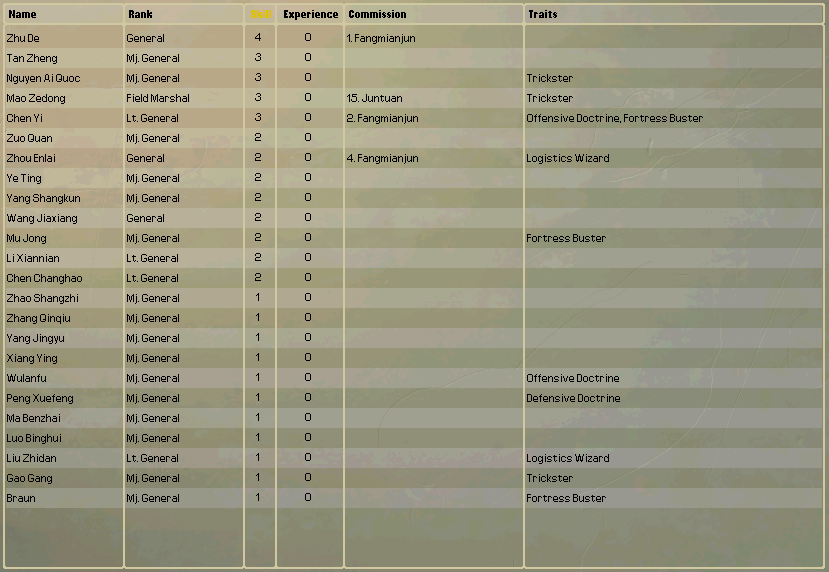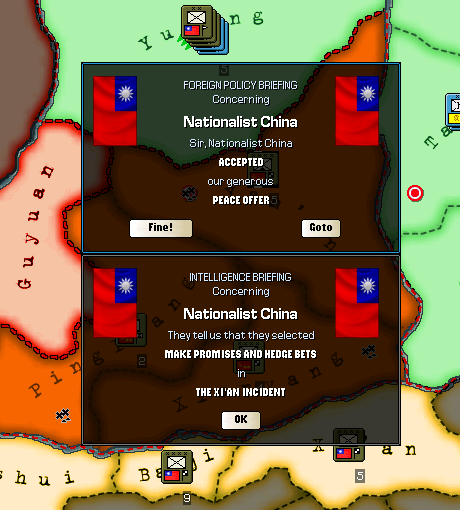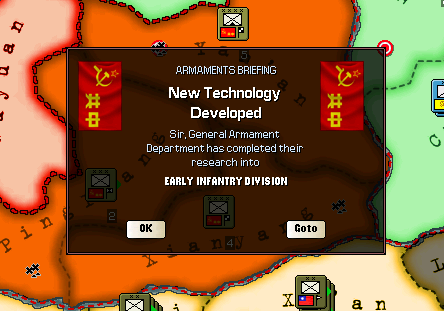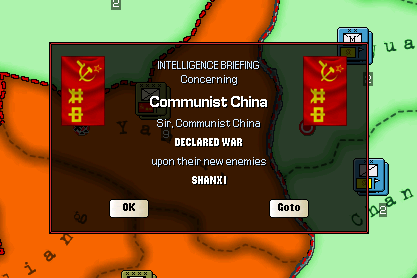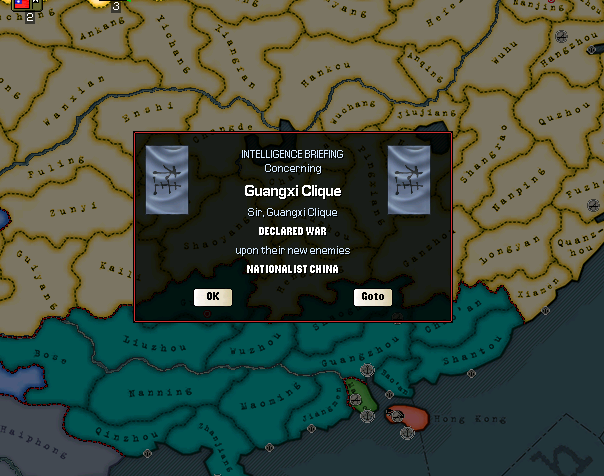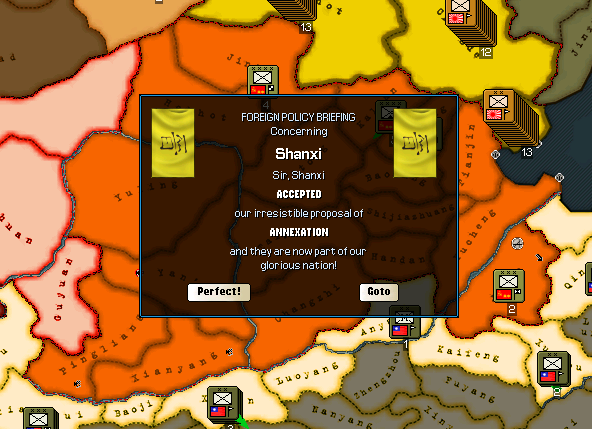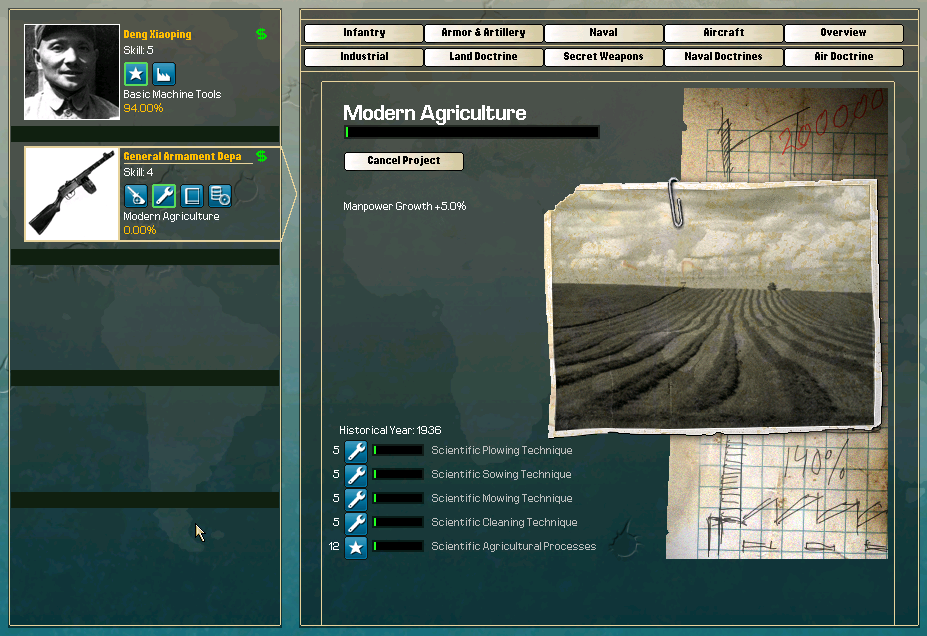Chapter I - Prelude
In 1912, the Qing Dynasty, the last in line of the Chinese Imperial dynasties fell. With the fall of the empire, China entered the Republican Era. A new Republic of China was founded, with Sun Yat-sen as its first president. However, the new republic was still young, and faced many challenges. In 1913 a new revolution occured. Many provinces in the south rebelled, fielding armies of discontent soldiers. The rebellion was eventually put down, but in the end China was forced to give autonomy to Outer Mongolia and Tibet in order to achieve international recognition of their government.
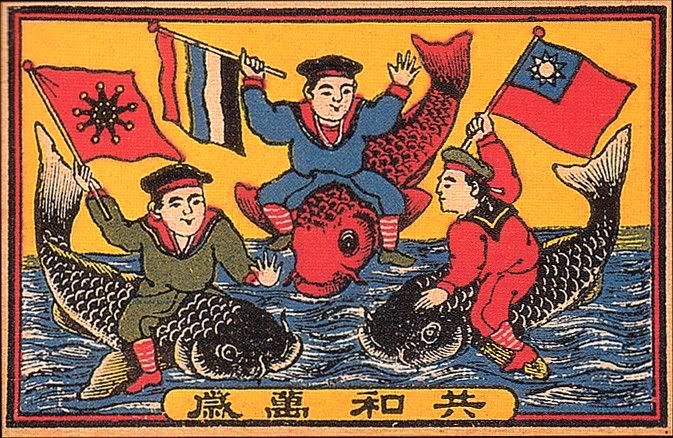 A new nation forms
A new nation forms
By the end of 1913, the new president, Yuan Shikai, forcibly dissolved the Kuomintang, a powerful political party in the country. He made many reforms, and slowly was moving towards giving himself the power of an emperor. Yuan quickly made many enemies. Sun Yat-sen and the Kuomintang reorganized, while the Progressive Party, who had previously opposed the Kuomintang, switched positions. The Beiyang Army, a powerful Western-style army equipped with Western arms, became alienated by Yuan's tax reforms.
In 1914, the Great War broke out. Japan entered on the side of the Allies, and seized German possessions in Asia. The Japanese pressured Yuan to meet some of their economic and political demands. The government rejected most of these demands, however they agreed to some of their territorial demands, namely Shandong, southern Manchuria and eastern Inner Mongolia. The acceptance of these demands were extremely unpopular.
By December of 1915, Yuan officially created a new Empire of China, crowning himself emperor. This caused rebellions to break out in numerous provinces. Yunnan declared itself independent and launched the National Protection War. Yuan's Beiyang Army, whose loyalty to the new emperor was minimal, did not aggresively attempt to stop Yunnan's National Protection Army. An 80,000 strong Beiyang Army sent to fight Yunnan's 20,000 were defeated. With this defeat, many other provinces felt confident enough to declare their independence. The provinces of Guizhou, Guangxi, Shanxi, Jiangxi, and Jiangsu all rebelled and declared independence. Yuan Shikai was forced to abdicate, bringing and end to the Empire of China.
With the fall of the Empire, China was plunged into the Warlords Era. Sun Yat-sen and the deposed Kuomintang parliament set up a new government in the south, while the other warlords continued to rebel. In the 1920's the new Soviet government began to support both Sun Yat-sen's government and as well as the newly founded Chinese Communist Party. The Soviets were hoping for consolidation, but were prepared for either side to emerge victorious.
By 1922, the Kuomintang-warlord alliance was ruptured. Sun Yat-sen was forced to flee, and he sought out Soviet assistance. Soviet advisers arrived to pledge Soviet assistance to China's unification. The Chinese Communists were instructed to cooperate with the Kuomintang.
The CCP was still a small party, many hundreds times smaller than the Kuomintang. The Kuomintang-CCP alliance continued under the leadership of the new KMT leader, Chiang Kai-shek. In 1925, Chiang launched the Northern Expedition against the warlords in the north. This proved very successful, and soon half of China had been conquered. By 1926, the CCP was beginning to grow. However, Chiang began to impose restrictions on the CCP. The Soviets still hoped to prevent a split in the alliance, and encouraged the Chinese Communists to continue to support the Northern Expedition.
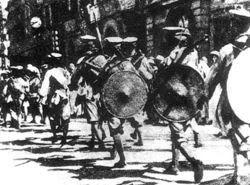 KMT forces embark on the Northern Expedition
KMT forces embark on the Northern Expedition
In 1927, the Kuomintang and Chinese Communists split. The CCP and left wing of the KMT moved their government to Wuhan, while Chiang moved his government to Nanjing. By the summer, however, the CCP's luck was changing. Chiang's forces had expelled them from Wuhan and now most of China was under his control. The Kuomintang soon received international recognition as the legitimate government.
Although the Kuomintang was nominally in control of the entire country during this period, large areas of China remained under the semi-autonomous rule of local warlords or warlord coalitions. The Kuomintang's rule was strongest in the eastern regions of China around the capital Nanjing. Various warlords still held control of various areas of the country.
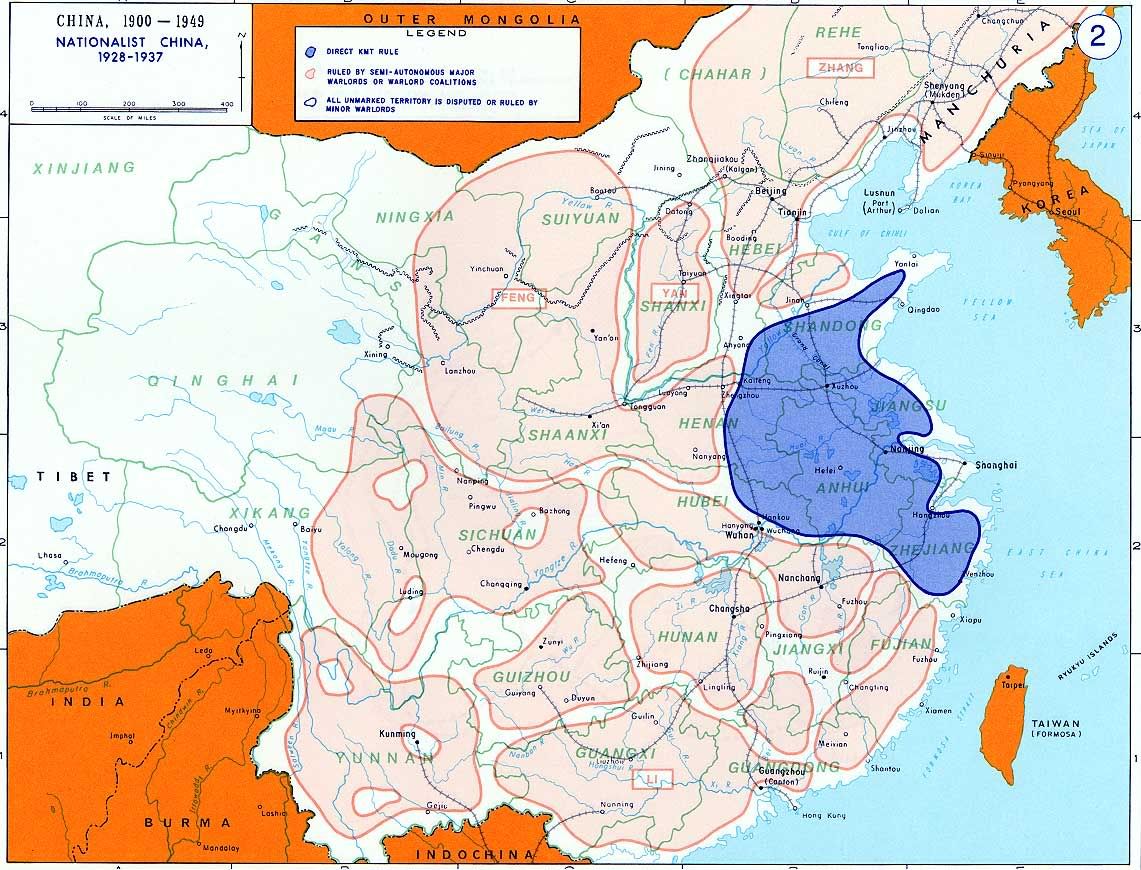 KMT and warlord control in the 1930's
KMT and warlord control in the 1930's
The Chinese Communist Party had been kicked out of Wuhan, and began the Long March. Under command of Mao Zedong, they retreated to the west and north for nearly 12,500 km. They eventually arrived in Shaanxi province, with only one tenth of the original force that they started with. For many months the CCP had traversed some of the most difficult terrain in all of China. They finally managed to reach Yan'an, a mountainous area in the north, where they could isolate themselves from the Kuomintang.
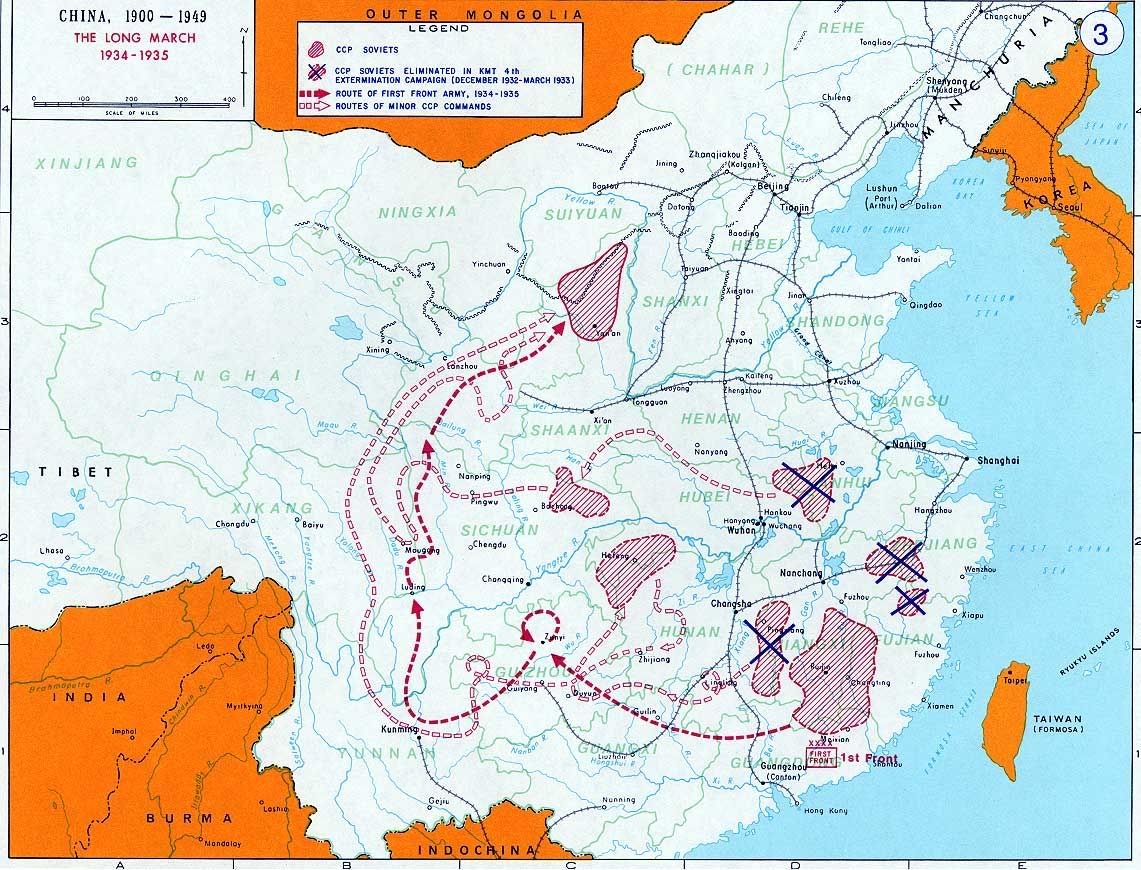 The Long March
The Long March






